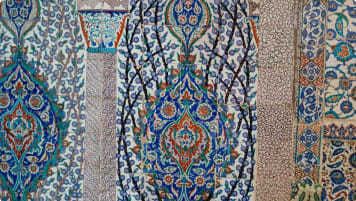The Famous Personalities from Queen Victoria’s Britain (Part 2 of 2)
Article for senior couples and mature solo travellers exploring Queen Victoria's Empire including Britain and the personalities. Supports small group educational tour about the monarch and the industrial revolution.
30 Oct 21 · 18 mins read
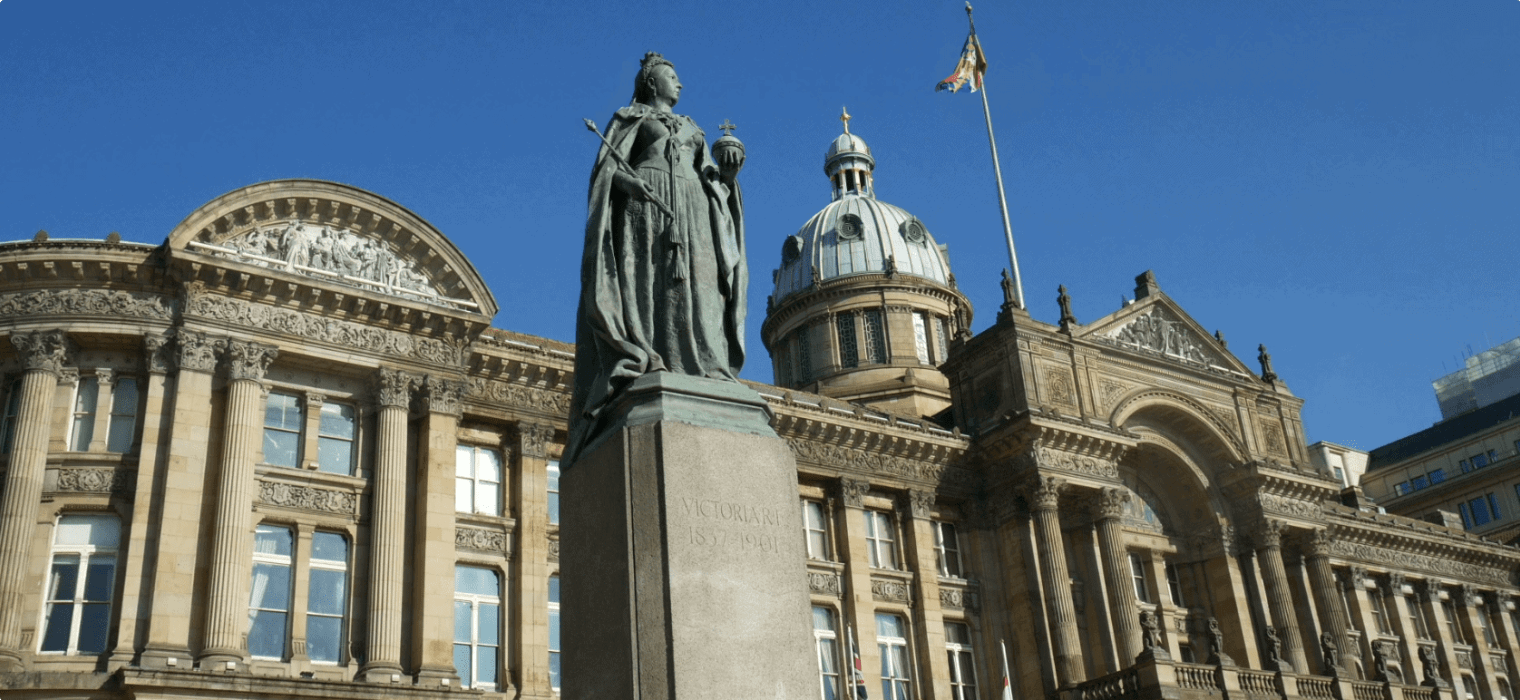
Famous Personalities from Queen Victoria’s Britain (Part 2 of 2)
This article related to Queen Victoria’s Britain was prepared by one of our Odyssey Program Leaders, Mal Bock. She will be leading this small group tour especially designed for senior travellers. Click here for Part 1 of this article.
You may want to read her previous article providing an overview of British life during Queen Victoria’s time. (Part 1 | Part 2).
Mal Bock grew up and was educated in south-western NSW and after two years at Wagga Wagga Teachers College started teaching in 1970. She spent the next 34 years teaching English and History in a variety of NSW high schools with time off for travel and to complete a BA at Sydney University in 1985.
After retiring in 2004 Mal continued to indulge her love of travel and tries to spend two or three months each year in some distant part of the globe. A lot of this time has been spent in Europe and the UK but visits have also been made to Africa (including Rwanda), South America, Asia and the United States.
Mal has led multiple Odyssey Traveller tours in the past few years and teaches at Odyssey Summer Schools in Tasmania.
William Morris (Founder of the British Arts & Crafts Movement, 1834-1896)
William Morris, now known primarily for his textiles and wallpaper patterns, was also a poet, novelist, translator, artist and socialist activist. He was born into a wealthy family and inherited money, left by his broker father, meant that Morris was not actually impelled to earn money for himself. He could afford to indulge his passion for hand-crafted objects of beauty.
Morris appears to have had an idyllic childhood, growing up in the countryside as part of a large family. There were plenty of books to read (he particularly enjoyed Sir Walter Scott) and long rambles in the local woods and meadows. His tastes developed at an early age and, aged 16, he apparently refused to join a family outing to the Great Exhibition of 1851 because it was designed to extol the virtues of industrial progress. He had already chosen his path for the future.
At 18 Morris went to Oxford with the idea of becoming a clergyman. Here he met Edward Burn Jones and the pair became lifetime friends. At Oxford, Morris developed a keen interest in medieval art and architecture while he and Burn Jones were also influenced by the writing of John Ruskin, Charles Kingsley and Thomas Carlyle. Disillusioned with the church, Morris and Burn Jones decided to pursue artistic careers. After gaining his BA at Oxford, Morris initially apprenticed to an architect, but soon realised that this was not his strength and he moved to designing furniture and textiles.
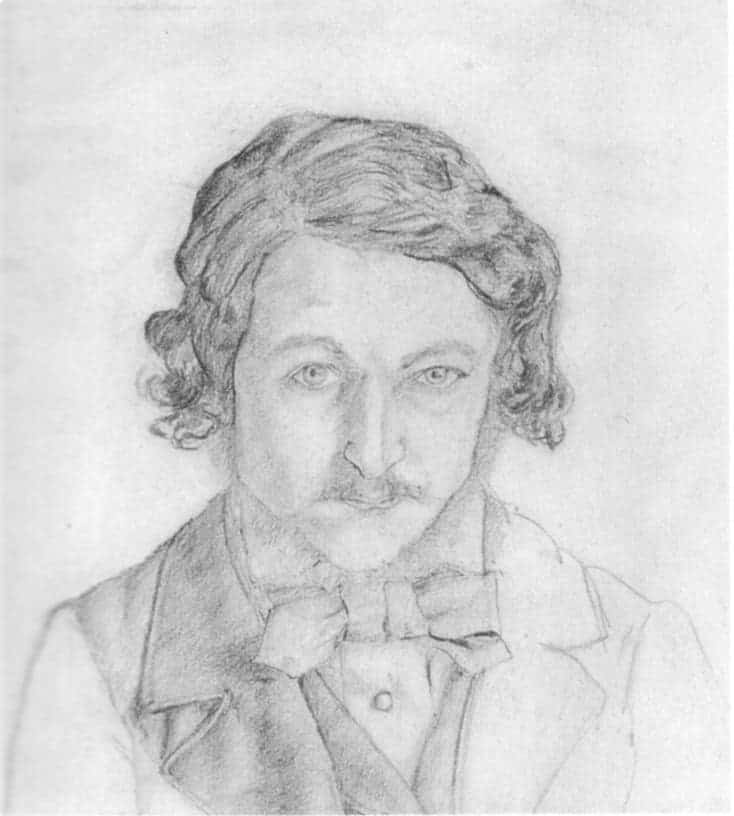
In 1856 Morris met Jane Burden, the beautiful daughter of a stableman, and despite objections from his family, married her in 1859.
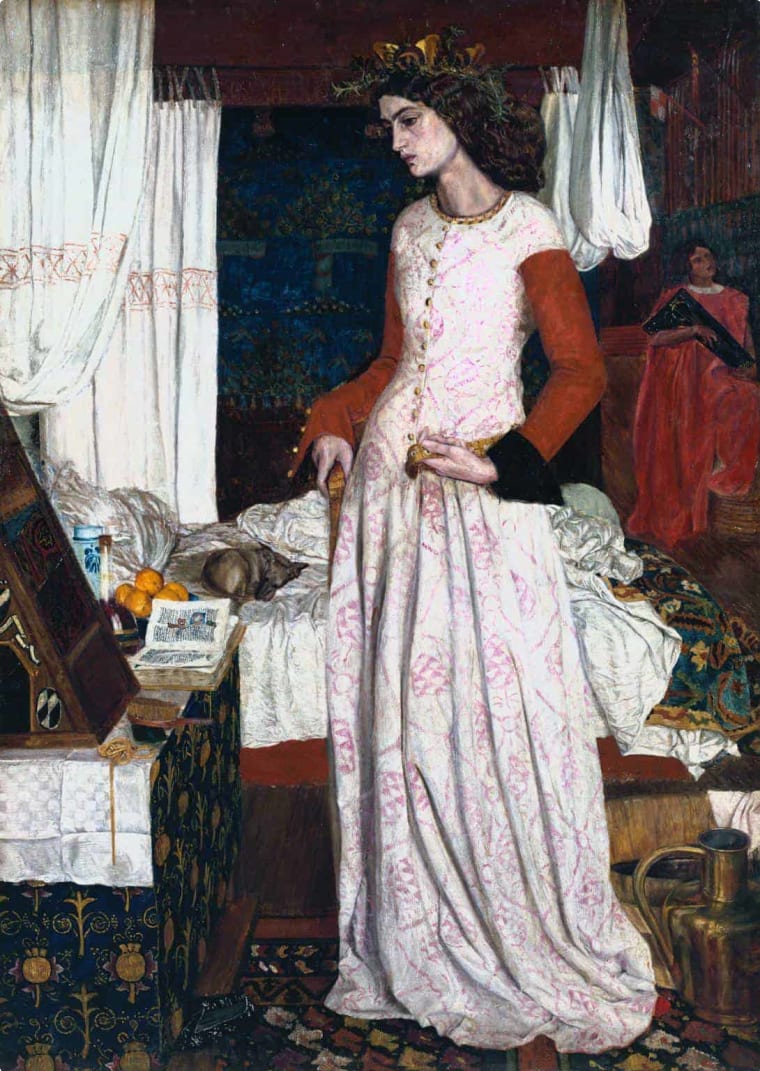
The marriage was not a particularly happy one, with Burden later confessing that she had never loved him. Morris had a new house designed for himself and his family. This was the Red House, designed by architect Phillip Webb and decorated by Morris and many members of the Pre-Raphaelite Circle. Burn Jones and Dante Gabriel Rossetti painted murals and designed stained glass for the house. The house was meant to be medieval in spirit and it was here that Morris hoped to establish an arts and crafts community.
In 1861, at Red House, Morris set up a decorative company with six other partners including Burn Jones, Rossetti and Ford Maddox Brow. Morris, Marshal, Faulkner & Co. aimed to improve the state of decorative arts through a return to the methods of medieval craftsmen. In this they were once again influenced by the writing of John Ruskin.
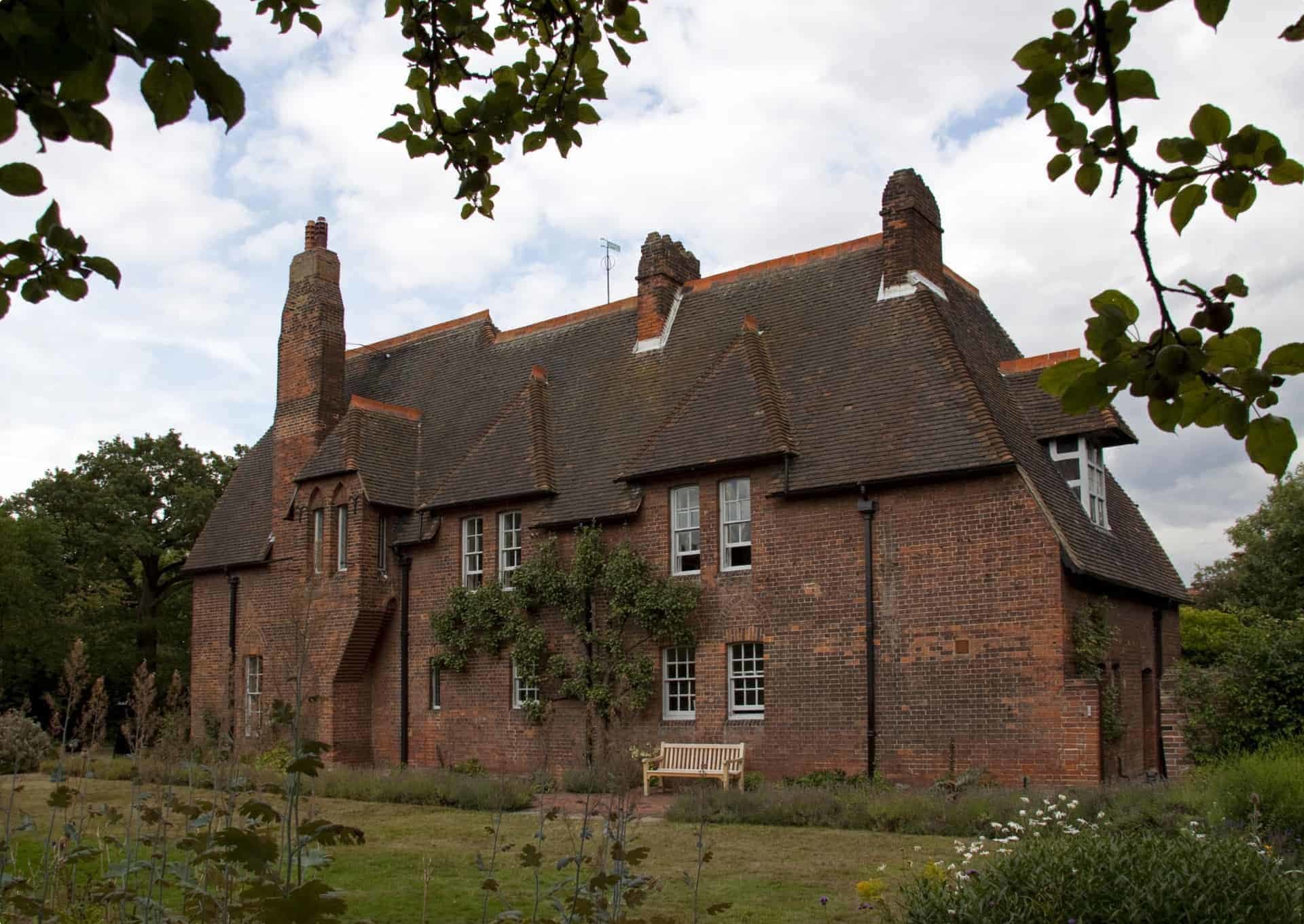
The firm was engaged to decorate churches as well as houses and were also employed to design the decoration for one of the dining rooms at the new V&A museum. Morris particularly admired the techniques used to design medieval stained glass and he personally supervised the painting and assembly of all of their church windows.
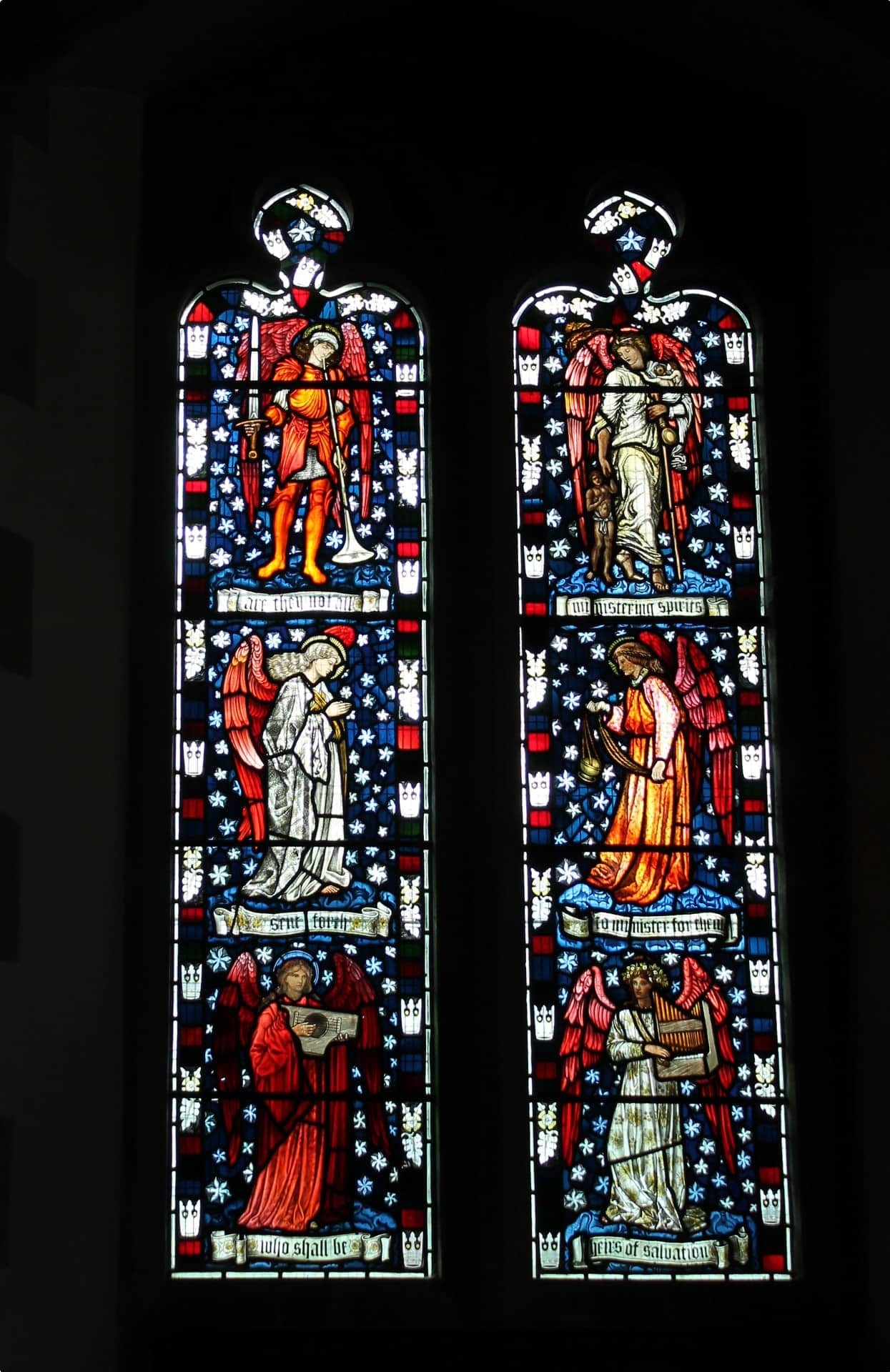
Disillusioned with parliamentary politics as a way of ending class divisions, Morris helped to set up a new group called “The Socialist League” in 1884. He made speeches on street corners and marched in demonstrations. Towards the end of his life Morris increasingly left the running of the company to his partners and his daughter while he focused on politics, his writing and the establishment of a publishing company.
He became increasingly ill from the early 1890s and died of tuberculosis in October, 1896.
John Patrick Crichton Stuart, 3rd Marquess of Bute (Art lover and millionaire, 1847-1900)
“History is my favourite reading, but my luxury is art.”
John Patrick Crichton Stuart was one of the most extraordinary men of the Victorian age, a scholar, historian, architect, Romantic, mystic, builder, and restorer of buildings. He was born at Mount Stuart, the family seat, on the Island of Bute, but within six months his father had died leaving him as heir to the title and to a vast fortune.
The second marquess, Bute’s father, was the creator of modern Cardiff. He had inherited vast estates in Scotland and Wales and worked to expand his financial empire through the exploitation of his Welsh coal fields and the building of the docks in Cardiff. These were the source of the ever-growing Bute fortune, as the industrial revolution and the export of Welsh coal transformed Cardiff into the “Coal Metropolis of the World.”
Bute’s mother, to whom he was devoted, died when he was twelve and in 1861 he was made a Ward of Chancery. His childhood, after the death of his mother, was not a happy one. His trustees were distant and largely uncaring. He was sent to school at Harrow and then on to Oxford where life started to improve. While he was a minor, much of the important extension and development work was not carried out on the docks in Cardiff, but work resumed once he reached his majority.
In 1868, when Bute turned 21, he assumed full control of the family estates and an income of some 300,000 pounds per year, making him the richest man in Britain. He quickly converted to Roman Catholicism and travelled to Rome to be confirmed by Pope Pius IX, causing a scandal in predominantly Protestant England, Scotland, and Wales.
Bute was now, despite his Catholicism, the most eligible bachelor in Britain. He was, however, a quiet and serious young man with a greater interest in art and history than in young women. Unfounded rumours spread through the kingdom about his sexual preferences.
In 1872 Bute married the aristocratic (and Catholic) Honourable Gwendolyn Howard with whom he was to have four children. The marriage was a very happy one and the couple were devoted to each other. Unusually for the period, Bute did not read his wife’s letters, gave her access to her own bank account, and was present at the birth of their four children.
Bute claimed to be more interested in the past than the present and used his wealth and position to produce a series of spectacular architectural achievements. He was a polymath who had mastered 21 languages, both ancient and modern. He was a rigorous scholar who published works on architecture, art, theology and history. He was interested in astrology and psychical research, while maintaining a cautious attitude towards the supernatural.
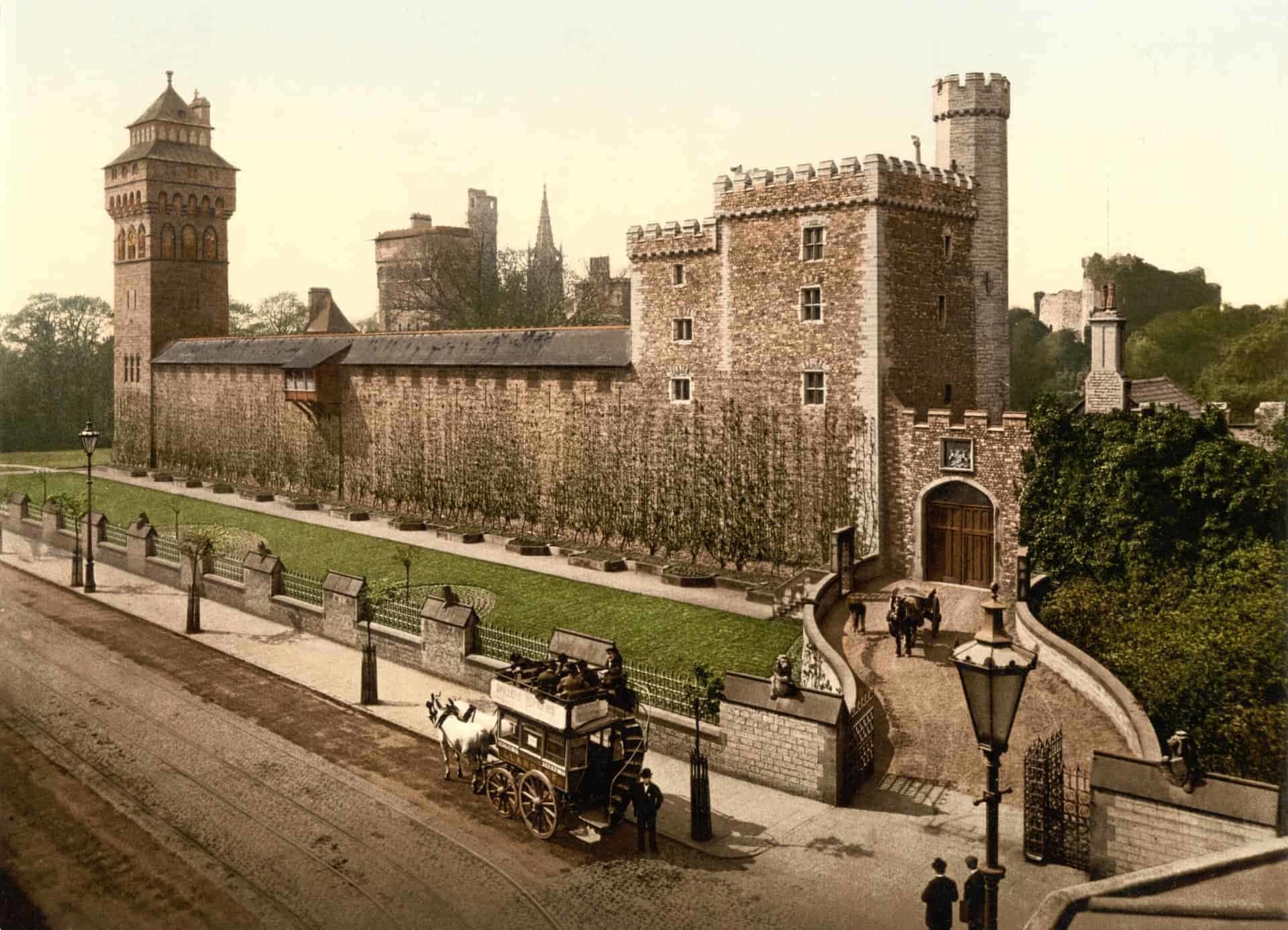
Bute sponsored over sixty building and restoration projects. He restored the interior of Cardiff Castle in grand Gothic Revival style with the help of his architect, William Burgess. The two men also rebuilt Castell Coch (near Cardiff) as a fairy tale, romantic summer retreat. Bute financed the restoration of Falkland Palace and rebuilt the family home on Bute.
John Patrick Crichton Stuart died of Bright’s disease in 1901. His body was buried on the Island of Bute but his heart was buried in Jerusalem.
William Lever, First Lord Leverhulme, (Industrialist) 1851-1925
William Hesketh Lever was born in Bolton, Lancashire. He was the son of James Lever, a wholesale grocer who was sufficiently well off to see that William was educated to the age of sixteen. William and his mother would have liked for him to continue his education but his father had other ideas and, on leaving school, William joined his father in the family grocery business. Once in the business William was expected to begin at the bottom, sweeping floors and cutting up bars of soap.
William’s parents were nonconformists, belonging to the Congregational Church. As such they were teetotallers and non-smokers who held family Bible readings each evening. William, his brother, and their six sisters were expected to conform to these beliefs and to mix with other children of a similar background. By 1874 William had progressed sufficiently up the business ladder to marry, Elizabeth Ellen Hulme, the daughter of family friends after a two-year courtship. The marriage was to be a long and happy one though their family fortunes changed radically.
By 1884 Lever had decided to concentrate on selling soap in pre-wrapped bars under the “Sunlight” brand name, which he registered. Previously soap had been sold in large, un-cut bars. He set up the firm of “Lever Brothers” with his younger brother, James, and soon they were manufacturing their own high quality soap using vegetable oils instead of tallow. The company became enormously successful and the Sunlight brand name became known throughout the country through Lever’s clever use of advertising.
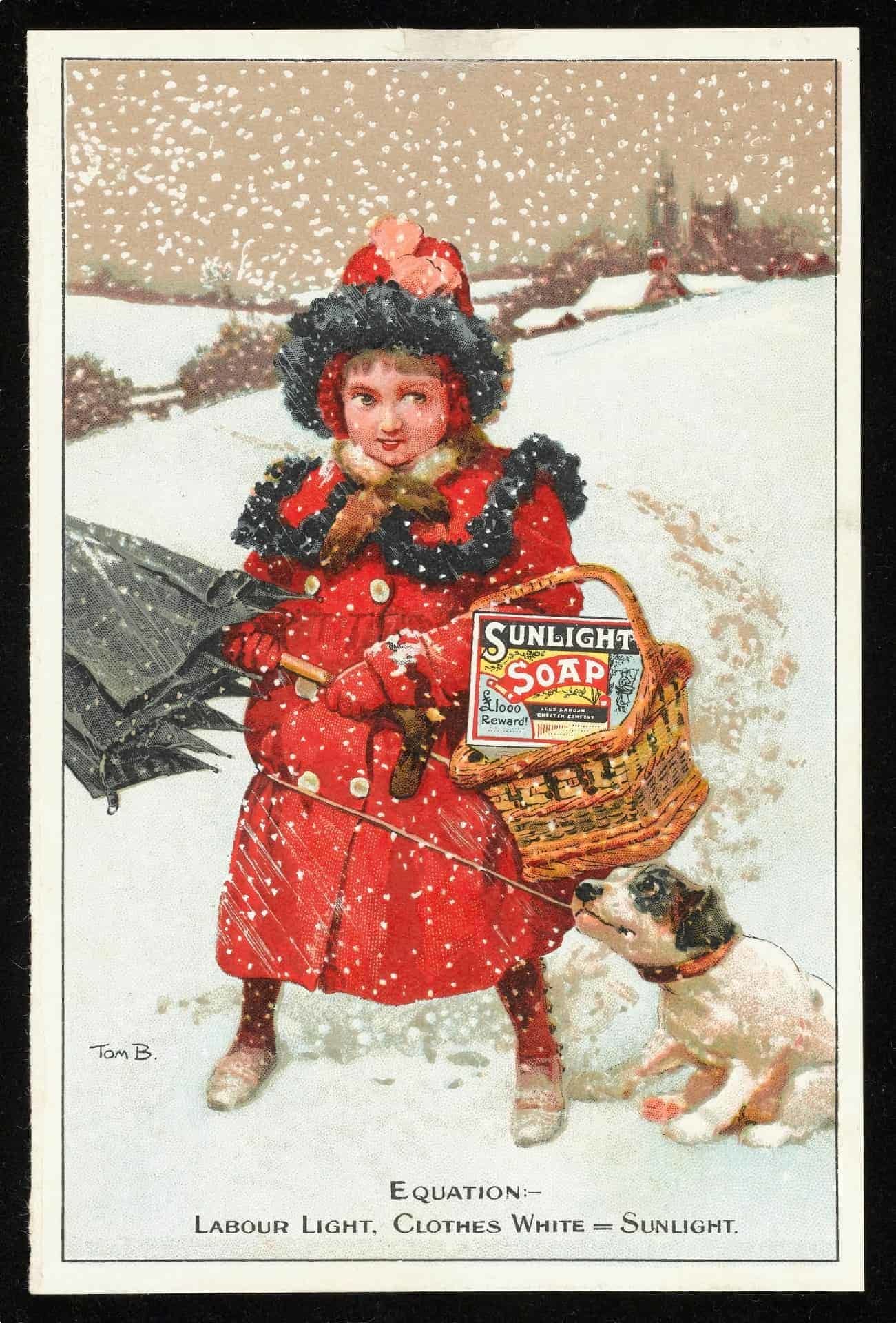
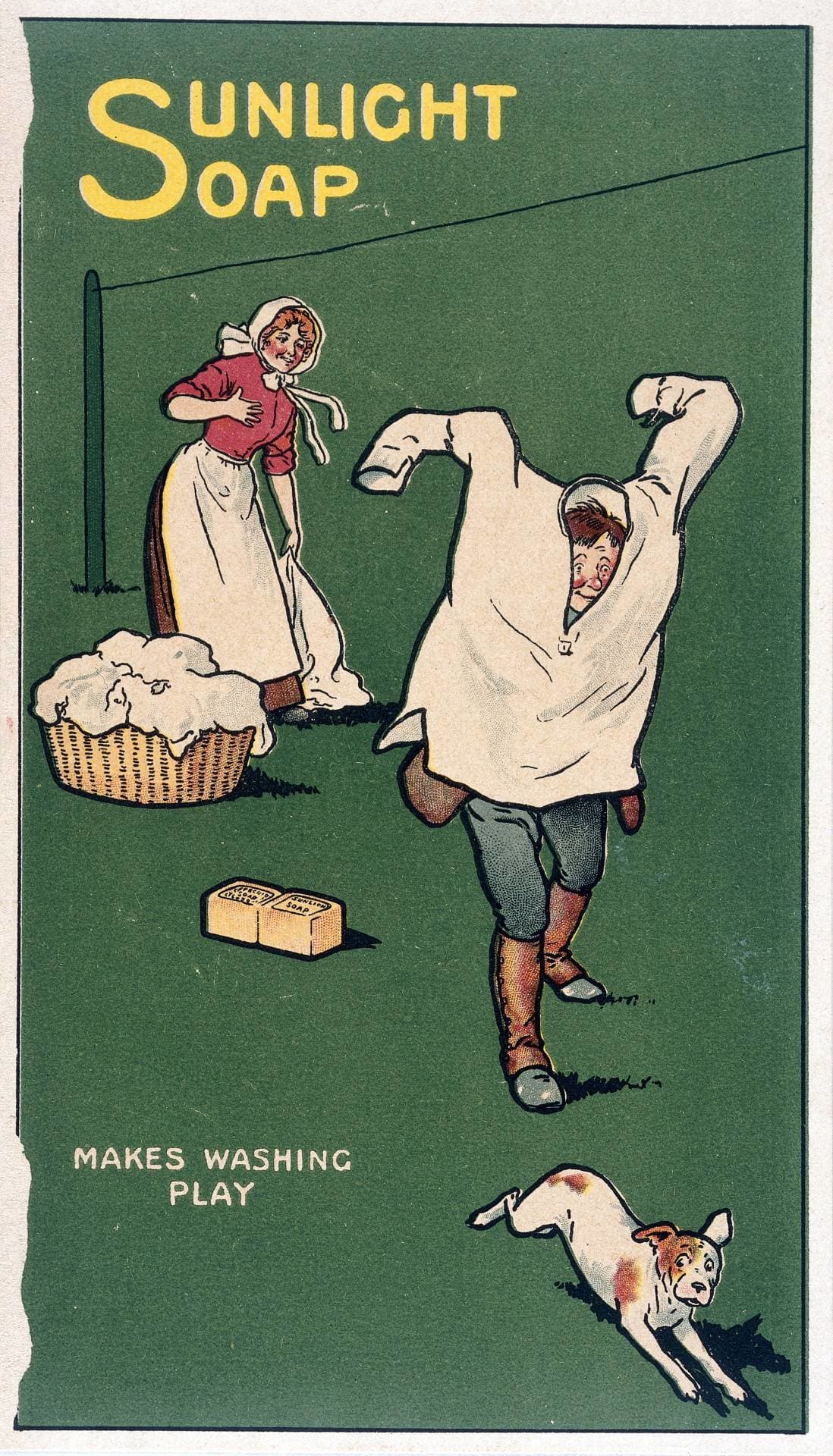
In 1888 Lever decided to move to a purpose-built factory on the Wirral shore of the Mersey River, just south of Liverpool. It was from this time that he began to put some of his philanthropic ideas into practice through the construction of a workers village, which he called Port Sunlight. This was to be a model community for his workers who already enjoyed higher than average wages and conditions. Lever believed that providing good housing, rather than more money, would be of greater benefit as he didn’t trust his workers not to just waste any extra money. His was a paternalistic philanthropy and workers in his village were expected to live by his rules. Like his father, William was a teetotaller, and drinking amongst his workers was frowned upon.
“It is my hope, and my brother’s hope… to build houses in which our work-people will be able to live and be comfortable. Semi-detached houses, with gardens back and front, in which they will be able to know more about the science of life than they can in a back slum, and in which they will learn that there is more enjoyment in life than a mere going to and returning from work, and looking forward to Saturday night to draw their wages…” (William Lever, 1898.)

Lever does not have such a good record in Africa. Originally the palm oil for his soap was sourced from British colonies in Africa. In 1900 Lever visited the Belgian Congo and entered into an agreement there with the authorities for the production of palm oil. In the Belgian Congo the workers were treated as little better than slaves who worked under appalling conditions. Lever did nothing to alleviate their suffering.
Lever also suffered a setback on the island of Harris and Lewis. In 1918 he purchased the whole of the Isle of Lewis where he planned to set up a major fishing industry, marketing fish nationwide under the Macfisheries brand! He poured money into infrastructure on the island but ran into trouble with the local crofters who were opposed to such a radical change to their way of life. Eventually he was forced to abandon the project and the island was sold after his death at an enormous loss.
John Ruskin (art critic, social activist, poet and painter, 1819-1900)
John Ruskin, now largely forgotten by the general population, was one of the most influential people of the Victorian era. He was the 19th century’s leading art critic as well as a poet, draughtsman, painter, social thinker and philanthropist. He wrote on geology, architecture, myth, education, the evils of the industrial age, the plight of the poor, our need for beauty, literature, and botany, as well as art.
Ruskin was the only child of a wealthy Scottish wine merchant with an interest in art and poetry. His mother was a devout Evangelical Christian who had the young John reading the Bible regularly from the age of three. As a child he was educated mainly at home, with a concentration on Lord Byron and William Wordsworth from his father and the scriptures from his mother. In 1836 he enrolled at Oxford with mum taking up residence nearby, and taking tea with him each afternoon.
In 1839, while at Oxford, he won the Newgate Poetry Competition and was delighted when the prize was presented by his old hero, William Wordsworth. Unfortunately an unhappy infatuation with a young woman led to a mental breakdown and he was forced to take two years off from his studies, returning to complete his MA in 1843.
Ruskin developed a passion for the work of J M W Turner, buying his paintings and defending his work. 1843 was also the year that he published his first major work of criticism. The first volume of what was to become the hugely influential five-volume Modern Painters: Their Superiority in the Art of Landscape Painting to the Ancient Masters, concentrated on a defence of Turner’s work. Ruskin praised Turner as “the only perfect landscape painter whom the world has ever seen.”
It was shortly after this that Ruskin became infatuated with the young Effie Gray and they were married in 1847. On a trip to Normandy, early in the marriage, Ruskin developed an interest in Gothic architecture which he promoted in his Seven Lamps of Architecture (1848).
The marriage was later annulled for non-consummation and in a letter to her father Effie claimed that Ruskin was disgusted by her body. (The 20th century story, however, that he was too shocked, on discovering that she had pubic hair, to sleep with her, is almost certainly untrue.)
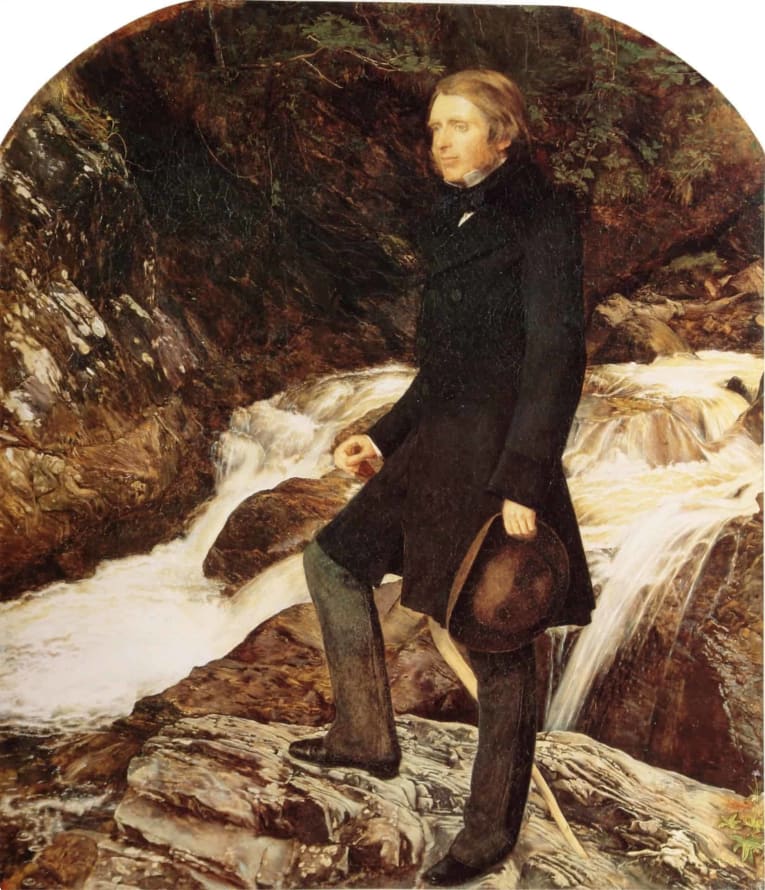
Effie went on to marry the Pre-Raphaelite Brotherhood painter, John Everett Millais and to have eight children with him. Ruskin was a keen supporter of the Pre-Raphaelite Brotherhood and, through his writing and active patronage, helped to have their work accepted. They had taken his advice in Modern Painters to “go to Nature in all singleness of heart” quite literally. Ruskin’s support for the Brotherhood did not cease with Effie’s marriage to Millais, though, apparently, his friendship with Millais did.
Over the next fifty years, until his death in 1900, Ruskin worked tirelessly and became one of the most recognised men in the country. He inspired people as diverse as William Morris, Charlotte Bronte and Mahatma Ghandi. (After reading, Unto This Last, Ghandi claimed that the book had caused him to embrace Ruskin’s teaching that manual labour was just as important as the professions.)
Ruskin claimed to be a conservative (he hated trains, bicycles, St Pancras Station, and the impact of industry on the natural world), but many of his ideas were socialist in nature. He came from a privileged background but he gave away most of his wealth. He built houses for the poor and a museum for workers. He was influential in establishing the modern British Welfare State, the Arts and Crafts Movement, and the National Trust. Ruskin was a talented artist in his own right as well as a highly literary art critic. His poetry is now, however, rather less appreciated. He was also eager to pass on his skills and was equally at home lecturing at the Working Men’s Club in London as at Oxford and Cambridge.
Ruskin’s unhappy relationship with the young Rose La Touche, almost 30 years his junior, put his mental health under strain once more. Ruskin was devoted to Rose while she was still a child and proposed to her on her 18th birthday. Her illness and the unsuitability of the match kept them apart, though he remained infatuated until her death in 1875 at the age of 27. Her death is thought to have plunged Ruskin into despair and he suffered bouts of mental illness for the remainder of his life.
In 1871 Ruskin bought the property, Brantwood, on Coniston Waters which he restored and filled with his treasures. It was here that he died, aged 80, in 1900. Brantwood was opened as a museum and memorial to Ruskin in 1934, and it remains so to this day.
Robert Owen (manufacturer and social reformer, 1771-1858)
Robert Owen was born in Wales, the sixth of seven children. His father was a saddler, ironmonger and postmaster in Newtown, where Owen grew up and went to school until the age of ten. At that age he was apprenticed to a draper with a good library which he was allowed to read. Despite his lack of a formal education, Owen was able to educate himself through books.
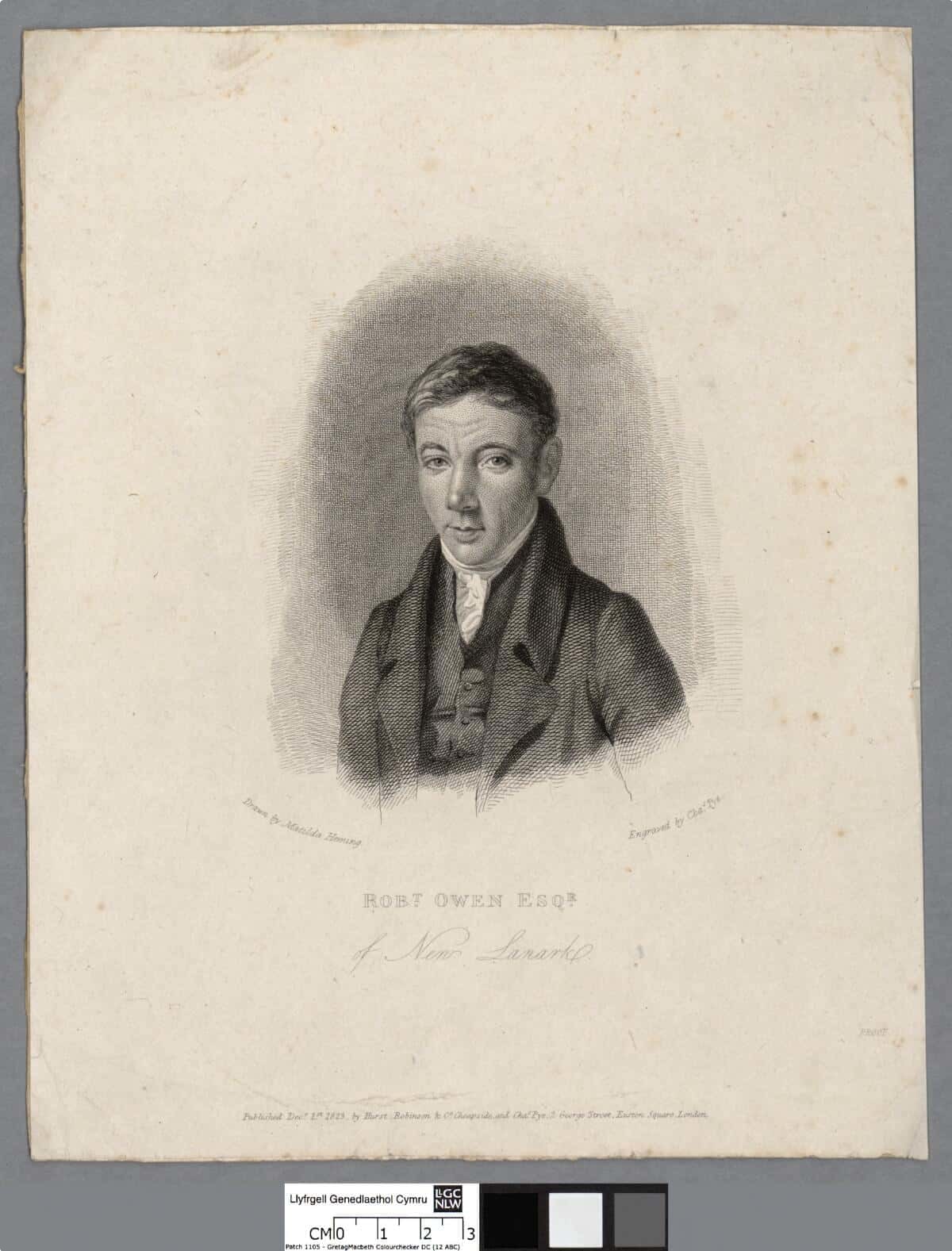
Owen proved himself to be a good businessman and by the age of 19 he was superintendent of a large cotton mill in Manchester which he helped develop in one of Britain’s premier mills. With a loan from his brother, Owen became a partner in a milling business, and in 1799 persuaded his partners to invest in a mill at New Lanark, in Scotland.
The New Lanark mill was previously owned by a Scottish industrialist and philanthropist called David Dale. Dale and his partner, Richard Arkwright, had established the mill at New Lanark because of the water power provided by the Falls of Clyde. They had provided good housing for their workers and relatively good conditions for the children who worked there. Dale was interested in selling but only to someone who would continue his social program. In Robert Owen he felt that he had found that man. Owen also married Dale’s daughter Caroline.
Once at New Lanark, Owen set about improving the housing still further. He set up a general store selling quality goods at little more than cost value. He employed no children under the age of ten and he opened schools for the children of his workers as well as the children living in the village from orphanages and work houses. In 1818 he established the first infants’ school in Britain. This meant children could be left in care while their mothers returned to work. His schools forbade corporal punishment and encouraged “character forming dance and music”. Owen became convinced that good character was the result of good conditions experienced by the young.
Owen’s approach to his workers was paternalistic. He tried to encourage cleanliness and healthy living. Although the locals were at first sceptical about Owen, particularly as he tried to control their out of work hours, he managed to win them over when he continued to pay wages for four months when the mills were shut down in 1812 because of an embargo on the importation of American cotton. Despite the conditions provided by Owen his mill continued to make a profit. His partners, however, remained more interested in increased profit than in social reform, and eventually Owen bought them out with the help of wealthy, like-minded philanthropists.
Having lost his belief in established religion, in 1813 Owen published the first two of four articles expounding his belief that character was formed by circumstances over which the individual has little control. He believed that good character could be formed through good influences. His methods seemed to work, and interested reformers visiting New Lanark reported that the children there all appeared happy, healthy, well-mannered, and graceful.
Owen embraced socialism in 1817 and developed ideas about the establishment of ideal communities. Owen proposed that communities of about 1,200 people should be settled on land from 1,000 to 1,500 acres (405 to 607 ha), with all of them living in one large building that had a public kitchen and dining halls. Owen also recommended that each family should have its own private apartments and the responsibility for the care of their children until they reached the age of three. Thereafter, children would be raised by the community-at-large, but their parents would have access to them at mealtimes and on other occasions. Attempts were made by him to establish his ideal communities in America and Britain but these were ultimately unsuccessful. It is not surprising that there was considerable opposition to his ideas, much of which came from the established churches.
Robert Owen died in 1858 after returning to the Welsh village of his childhood. He is remembered for his work at New Lanark, his work for factory law reform, the establishment of co-operative societies and his contribution towards the establishment of trade unions.
Charles Rennie Macintosh (architect, designer and artist, 1868-1923)
Macintosh was the 4th of 11 children born to superintendent and chief clerk of the City of Glasgow Police, William Macintosh and his wife, Margaret Rennie. Macintosh suffered from a number of childhood disabilities and was encouraged to go for long rambles in the countryside to help him to gain strength. This also helped instil in him a lifelong love of nature.
At the age of 15 he enrolled at the Glasgow School of Art and a year later, in 1884, he was apprenticed to local architect, John Hutchinson. Once his apprenticeship was finished he transferred to the larger firm of Honeyman and Keppie. During his training, Macintosh continued to take classes at the Glasgow Art School and it was here that he met his future wife and fellow artist, Margaret MacDonald. Macintosh and his friend, Herbert MacNair formed a close friendship with both Margaret and her sister, Frances. The two couples later married and formed a working relationship, becoming known as the Glasgow Four.
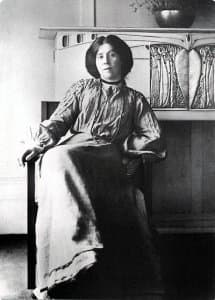
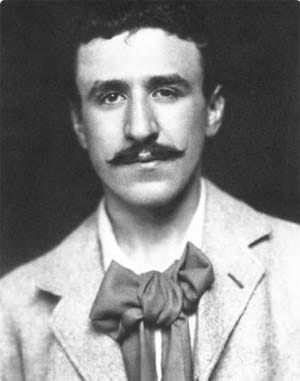
In 1890 Macintosh won the second Alexander Thomson Studentship. The prize money (60 pounds) allowed him to travel to Italy and France where the architecture he encountered permanently changed the way he looked at things. Back in Glasgow, Macintosh rejoined Honeyman and Keppie, where his design for the Glasgow Herald Building incorporated new technology, including a hydro-pneumatic lift and fire-resistant concrete floors.
In 1896 Macintosh gained his most substantial commission, the design of the new Glasgow School of Art. The building was an eclectic mix of styles, owing a great deal to the Scottish Baronial style, medieval architecture and Japanese domestic interiors. The most dramatic part of the building was the library, completed in 1909. (Tragically the building was almost completely destroyed by fire in 2014. A second fire in 2018 destroyed the almost completed restoration. There is very little chance of a further restoration.)
Macintosh argued that architects should be given greater overall control of a design. He wanted more artistic freedom and to be allowed to design all aspects of the building including window glass, furniture and art works. In 1900 he entered a competition to design a “House for an Art Lover” in Germany. Although his entry was disqualified on technical grounds, the work was highly influential, though the building was not actually constructed until 1996.
In 1904 the publisher, Walter Blackie, commissioned Macintosh to design “The Hill House”, a substantial family home. The design owed much to his earlier “House for an Art Lover”, with internal space and light a feature. Macintosh had a handful of other patrons including Catherine Cranston. Her series of tea rooms, designed and furnished between 1896 and 1917, provided him with the freedom to experiment and gave him total control of the design, right down to the light fittings and cutlery.
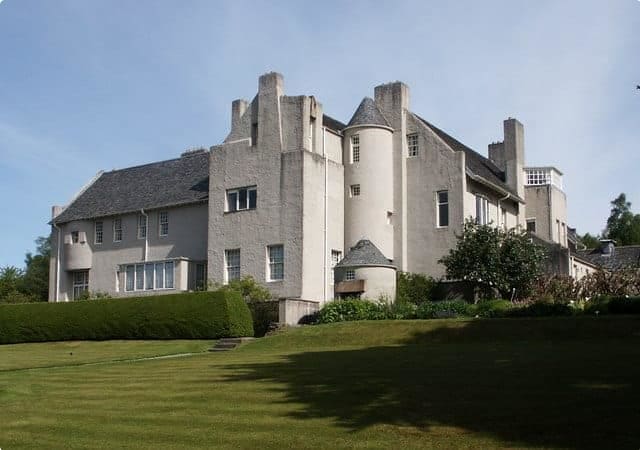
Unfortunately Macintosh was not so well appreciated by the city fathers and large commissions were hard to come by. His design for the Glasgow Street School was his last public commission and, feeling under appreciated, he and Margaret moved to London in 1914. The start of the First World War was not a good time for the building industry. Macintosh produced many beautiful water colours but few commissions. The couple moved to France in 1923 where Macintosh spent his last years painting. He died of throat and lung cancer in London in 1928, aged sixty.
Alexander “Greek” Thomson (Glasgow architect, 1817-1875)
To say that Alexander Thomson came from a large family is to understate the matter. Alexander was one of his father’s 17 children and the 9th child of the 12 he had from his second marriage. Unfortunately his father died when Alexander was only 7 and his mother when he was 13. Despite this unfortunate start in life, Alexander Thomson became one of Scotland’s most accomplished architects, though his work was mostly unknown outside of his native Glasgow.
Alexander, along with his brothers and sisters, was home schooled. After his mother’s death he went to live with his brother William, a brilliant classical scholar and one time lecturer at Glasgow University before he went down to London to become a missionary. In 1834 Alexander became a clerk in a Glasgow Lawyer’s office where his talent for drawing was recognised by David Foote, a commercial architect and one of the lawyer’s clients. Foote took Alexander into his office as an apprentice and he finished his articles in the firm of John Baird.
Alexander Thomson became an extremely successful architect, working first with his brother-in-law and then in partnership with his brother. Although he never travelled outside of Britain, and barely out of Scotland, Thomson read widely and was very much influenced by classical architecture, particularly that of the Greeks and Egyptians. By 1857 Thompson was the rising star of Glasgow architecture, furiously defending Classical Greek architecture against that of Pugin’s Gothic Revival.
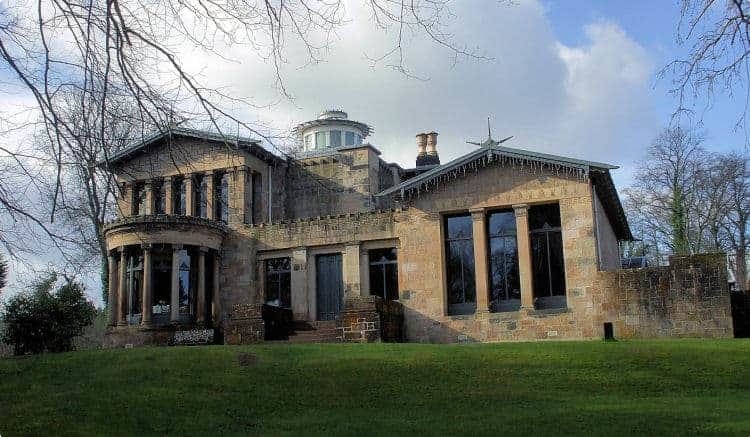
Thomson worked almost entirely in Glasgow where he designed commercial warehouses, tenement blocks, terrace houses, domestic villas and three Presbyterian churches, only one of which survives intact. Holmwood House, now owned and operated by the National Trust of Scotland, is one of his better preserved buildings. It went through several incarnations after being sold by the original owners and much of the fine original decoration was covered up. It has recently been taken over by the National Trust and restoration work is ongoing.
If you want to learn more about Queen Victoria’s Britain, click through to sign up for our tour.
We also have several other tours exploring the sights and history of the British Isles.
About Odyssey Traveller

Odyssey Traveller is committed to charitable activities that support the environment and cultural development of Australian and New Zealand communities. We specialise in educational small group tours for seniors, typically groups between six to fifteen people from Australia, New Zealand, USA, Canada and Britain. Odyssey Traveller has been offering this style of adventure and educational programs since 1983.
We are also pleased to announce that since 2012, Odyssey Traveller has been awarding $10,000 Equity & Merit Cash Scholarships each year. We award scholarships on the basis of academic performance and demonstrated financial need. We award at least one scholarship per year. We’re supported through our educational travel programs, and your participation helps Odyssey Traveller achieve its goals.
For more information on Odyssey Traveller and our educational small group tours, do visit and explore our website. Alternatively, please call or send an email. We’d love to hear from you!
Read more in our articles:
- Queen Victoria’s Britain: The Definitive Guide for Travellers (Part 1 & Part 2)
- Victorian Country Life
- Victorian Women’s Fashion
- Britain: First Industrial Nation
- Exploring Jane Austen’s England
- William Morris’ Kelmscott Manor
Related Tours
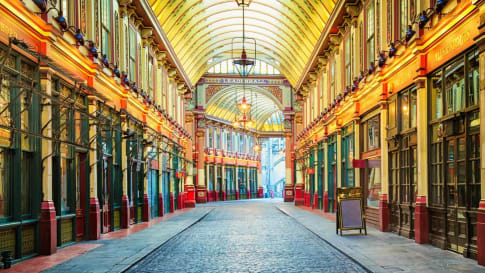
21 days
Sep, JunQueen Victoria's Great Britain: a small group tour
Visiting England, Scotland
A small group tour of England that explores the history of Victorian Britain. This escorted tour spends time knowledgeable local guides with travellers in key destinations in England and Scotland that shaped the British isles in this period including a collection of UNESCO world heritage locations.
From A$15,880 AUD
View Tour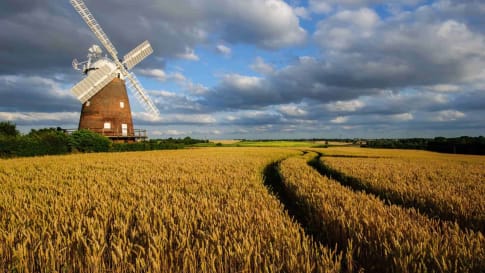
23 days
AprAgrarian and Industrial Britain | Small Group Tour for Mature Travellers
Visiting England, Wales
A small group tour of England that will explore the history of Agrarian and Industrial period. An escorted tour with a tour director and knowledgeable local guides take you on a 22 day trip to key places such as London, Bristol, Oxford & York, where the history was made.
From A$17,275 AUD
View Tour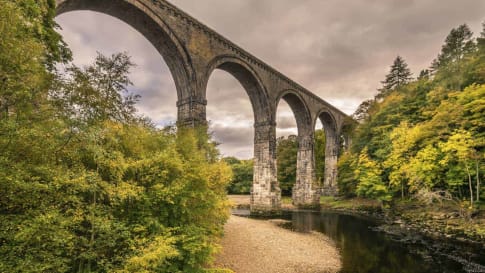
23 days
Oct, Apr, SepCanals and Railways in the Industrial Revolution Tour | Tours for Seniors in Britain
Visiting England, Scotland
A small group tour of Wales, Scotland & England that traces the history of the journey that is the Industrial revolution. Knowledgeable local guides and your tour leader share their history with you on this escorted tour including Glasgow, London, New Lanark & Manchester, Liverpool and the Lake district.
From A$17,860 AUD
View Tour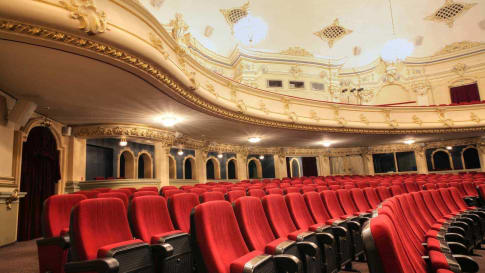
9 days
AugGilbert and Sullivan Festival Small Group tour
Visiting England
A 9 day tour with a tour director and local guide explore the Victorian music of Gilbert and Sullivan. We visit on this journey, Manchester, Harrogate, Oxford & London, attending the Gilbert & Sullivan festival and places of historic interest.
From A$9,350 AUD
View Tour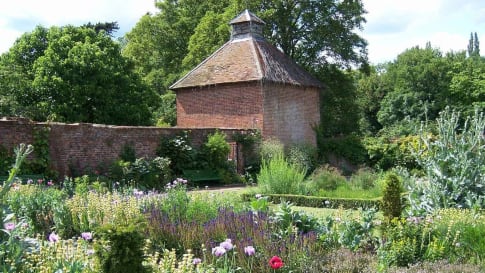
16 days
JunBritish Gardens Small Group Tour including Chatsworth RHS show
Visiting England, Scotland
From A$16,895 AUD
View Tour
From A$13,915 AUD
View TourRelated Articles

15 books on Britain's Industrial Revolution
Fifteen books on Britain’s Industrial revolution This reading list on Britain’s Industrial revolution complements Odyssey Travellers escorted small group tour that traces via the canal and railway network, the evolution of this monumental change in…
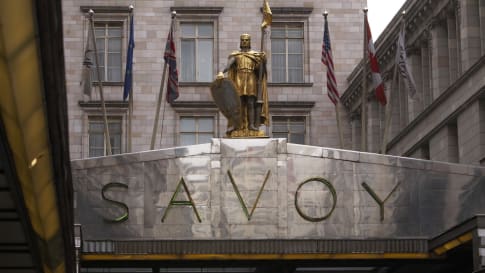
D'Oyly Carte's family
Great Britain has a history of influencers the D'Oyly Carte family is one of them. They shaped London, and the Gilbert and Sullivan history from Devon to Harrogate. Learn more with this article for a small group educational tour for senior couples and mature solo travellers.

London's Victorian Architecture: The Definitive Guide for Travellers
Small group educational tours for senior couples and mature solo travelers with History tours including those examining the Industrial revolution, Victorian Britain the Gilbert and Sullivan era via the D'Oyle Carte family and the cities such as Glasgow, Liverpool and Manchester.

Markets of Victorian London
Article about the markets of London as part of a small group educational tour of England, Scotland and Wales as well as Europe. Collection of Articles about Victoria and her England including the industrial revolution for senior couples and mature solo travelers.
Personalities from Queen Victoria's Britain
Article for senior couples and mature solo travellers exploring Queen Victoria's Empire including Britain and the personalities. Supports small group educational tour about the monarch and the industrial revolution.

Queen Victoria's Britain part 2: The Definitive Guide for Travellers
Queen Victoria’s Britain (Part 2 of 2) This two-part article on Queen Victoria’s Britain was prepared by one of our Odyssey Program Leaders, Mal Bock. She will be leading this small group tour especially designed for…

Queen Victoria's Britain: The Definitive Guide for Travellers
Article for educational small group tours of England for senior couples and mature single travellers. Queen Victoria, Britain's longest serving monarch through most of the Industrial revolution and rural life and the Empire is discussed in this article.


